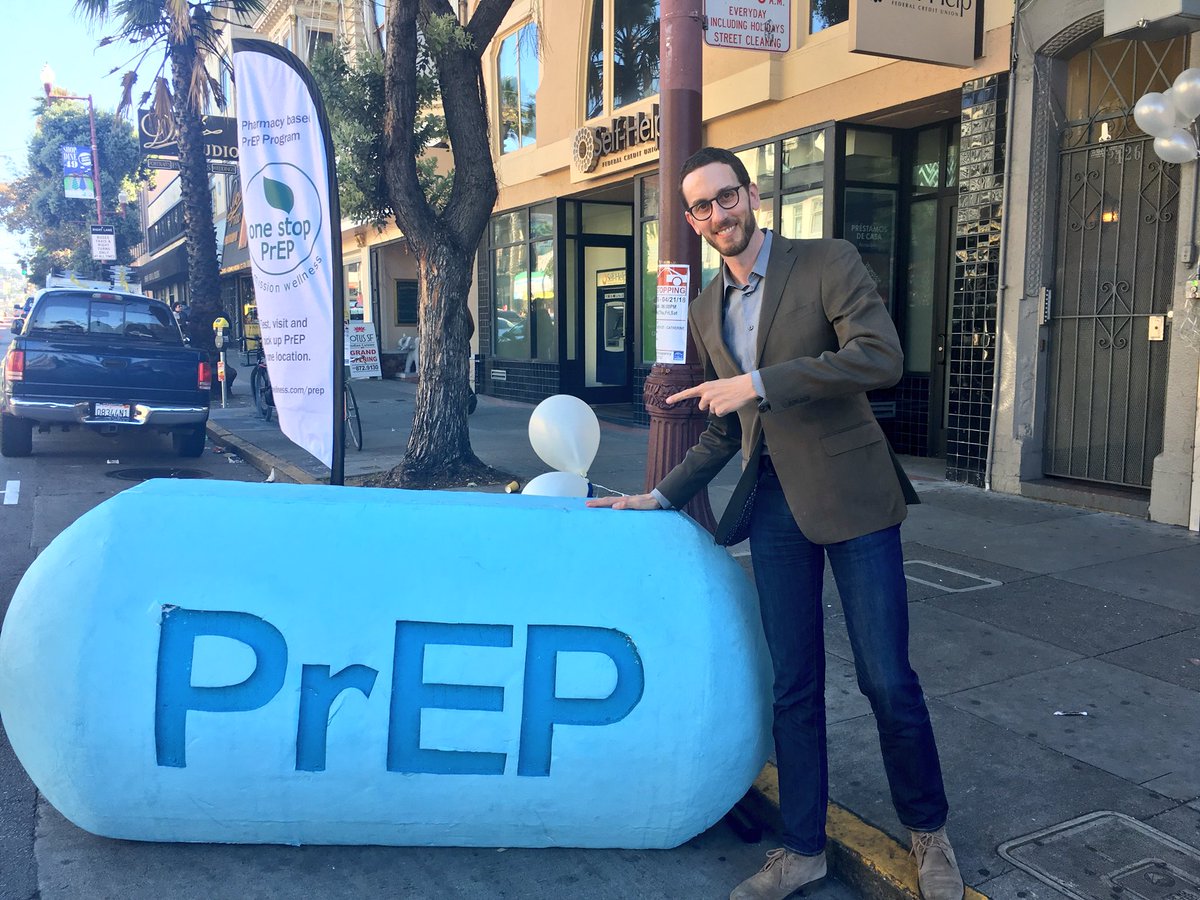- Joined
- Aug 23, 2005
- Messages
- 723
- Reaction score
- 1,243

California Senate Passes Bill to Increase Access to PrEP, a Once-Daily Pill to Prevent HIV
Co-sponsored by Equality California, SB 159 authorizes pharmacists to furnish pre- and post-exposure prophylaxis (PrEP and PEP) without a physician prescription and prohibits insurance companies from requiring prior authorizations in order to obtain PrEP coverage.
Taking a closer look at the bill itself:
(d) A pharmacist may furnish a 30-day supply of preexposure prophylaxis if all of the following conditions are met:
(1) The patient is HIV negative, as documented by a negative HIV test result obtained within the previous seven days from an HIV antigen/antibody test or antibody-only test or from a rapid, point-of-care fingerstick blood test approved by the federal Food and Drug Administration. If the patient does not provide evidence of a negative HIV test in accordance with this paragraph, the pharmacist shall order an HIV test. If the test results are not transmitted directly to the pharmacist, the pharmacist shall verify the test results to the pharmacist’s satisfaction. If the patient tests positive for HIV infection, the pharmacist or person administering the test shall direct the patient to a primary care provider and provide a list of providers and clinics in the region.
(2) The patient does not report any signs or symptoms of acute HIV infection on a self-reported checklist of acute HIV infection signs and symptoms.
(3) The patient does not report taking any contraindicated medications.
(4) The pharmacist provides counseling to the patient on the ongoing use of preexposure prophylaxis, which may include education about side effects, safety during pregnancy and breastfeeding, adherence to recommended dosing, and the importance of timely testing and treatment, as applicable, for HIV, renal function, hepatitis B, hepatitis C, sexually transmitted diseases, and pregnancy for individuals of child-bearing capacity. The pharmacist shall notify the patient that the patient must be seen by a primary care provider to receive subsequent prescriptions for preexposure prophylaxis and that a pharmacist may not furnish a 30-day supply of preexposure prophylaxis to a single patient more than once every two years.
(5) The patient reports having normal kidney function, and the pharmacist orders a test to measure kidney function. The patient shall provide contact information for the patient and sign an agreement to stop taking preexposure prophylaxis if laboratory results indicate that the patient should not take preexposure prophylaxis. The pharmacist shall contact the patient if laboratory results indicate that the patient should not take preexposure prophylaxis.
(6) The pharmacist documents, to the extent possible, the services provided by the pharmacist in the patient’s health record. The pharmacist shall maintain records of preexposure prophylaxis furnished to each patient.
(7) The pharmacist does not furnish a 30-day supply of preexposure prophylaxis to a single patient more than once every two years, unless directed otherwise by a prescriber.
(8) The pharmacist notifies the patient’s primary care provider that the pharmacist completed the requirements specified in this subdivision. If the patient does not have a primary care provider, or refuses consent to notify the patient’s primary care provider, the pharmacist shall provide the patient a list of physicians and surgeons, clinics, or other health care service providers to contact regarding ongoing care for preexposure prophylaxis.
As it's written, it looks like a very limited number of pharmacists would be able to comply with the conditions. It would be easy enough for a retail pharmacist to do a POC HIV test, but not sure how you'd go about ordering kidney function labs. Plus it looks like an awful lot of work and boxes to check just to be able to give someone a 30-day supply of PrEP once every 2 years. I guess incremental change and don't let perfect be the enemy of good?